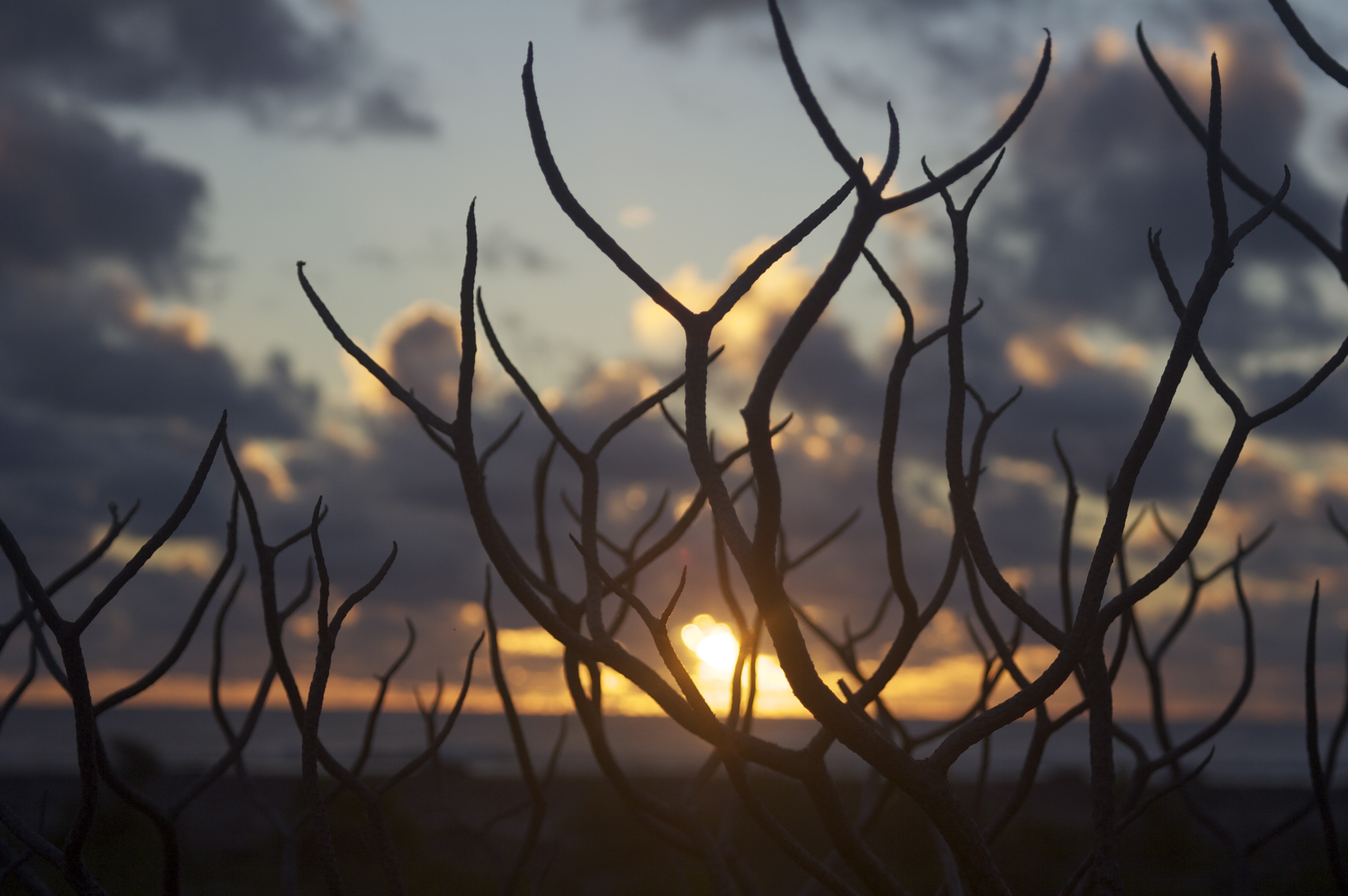
Pearl harvesting in French Polynesia was perhaps not the wisest way to spend my last month before returning to American soil for the first time in over a year.
It was, however, a risk I was willing to take and you would think it set me up for a disastrous transition back to the land of Suburbia and SUVs. How does one go from life on a remote coral atoll to a slightly more connected existence of microwaves and morning rush hour?
As I sat in my family’s living room night after night, catching up on American Idol, Celebrity Apprentice, and the myriad other not-exactly-reality TV shows currently on air, my parents would look over at me, half-expecting, I believe, for some eventual implosion – some emotional breakdown as a result of Being Home.
When friends and family and even new coworkers began to ask how home was, I found myself saying quite simply, it is…well, home. Home hasn’t changed. Like someone returning to the great green room of Goodnight Moon years after childhood, there is my bed, there is my desk [on permanent loan from my mother, of course], and there are the pictures of me at three years old in an outfit too embarrassing to describe. As I said to one friend, home is good because home has always been good.
Last week I started reading a fantastic book by Rebecca Solnit called A Field Guide to Getting Lost. When I first pulled it from the library shelf and skimmed the book jacket, I barely needed to read beyond its first sentence – “Solnit’s new book is about losing oneself in the pleasures of an experience, about wandering and being lost, about the uses of the unknown.” I recently made it through the first essay, in which she writes:
“The word ‘lost’ comes from the Old Norse los, meaning the disbanding of an army, and this origin suggests soldiers falling out of formation to go home, a truce with the wide world. I worry now that many people never disband their armies, never go beyond what they know. Advertising, alarmist news, technology, incessant busyness, and the design of public and private space conspire to make it so. A recent article about the return of wildlife to suburbia described snow-covered yards in which the footprints of animals are abundant and those of children are entirely absent. As far as the animals are concerned, the suburbs are an abandoned landscape, and so they roam with confidence. Children seldom roam, even in the safest places. Because of their parents’ fear of the monstrous things that might happen (and do happen, but rarely), the wonderful things that happen as a matter of course are stripped away from them. For me, childhood roaming was what developed self-reliance, a sense of direction and adventure, imagination, a will to explore, to be able to get a little lost and then figure out the way back. I wonder what will come of placing this generation under house arrest.”
Solnit’s words struck a nerve. While I wouldn’t go so far as to describe these next four months as house arrest – I don’t think momma’s home cooking, free living expenses, and unlimited use of the pool hardly qualify for that – what I do mean to suggest is the idea of containment. I’m not ashamed to admit to the sorrow of one chapter’s close, one bridge’s end. There was a certain thrill about living in New Zealand and traveling in Tahiti – living at the edge of the world made even the mundane a little magical.
What I miss most about “traveling,” and by that I mean making a home abroad, is that very edge that accompanies life. On the road, I clutch my bag a little tighter and keep my guard up a little higher, but at the same time I open my heart a little wider. On the road, awareness to my surroundings is at a high; at home, I don’t often employ the same observational techniques. When you’re alone in a new place, you keep your eye out for serendipitous moments. You’re anxious for that one conversation, that one connection, whose influence is yet to be felt. In a supermarket down the street, I’m not so inclined to share my life story with the checkout clerk.
But one night, about a week into being home, I was sitting at the kitchen table after dinner, having a cup of tea with my mother, when my eye was drawn out the window to the horizon. A shade of pink as vibrant and shocking as a flamingo in a marsh glowed over the two-story houses and the fairway of the golf course our yard backs up to. I skipped up the stairs, two steps at a time, to grab my camera from my room.
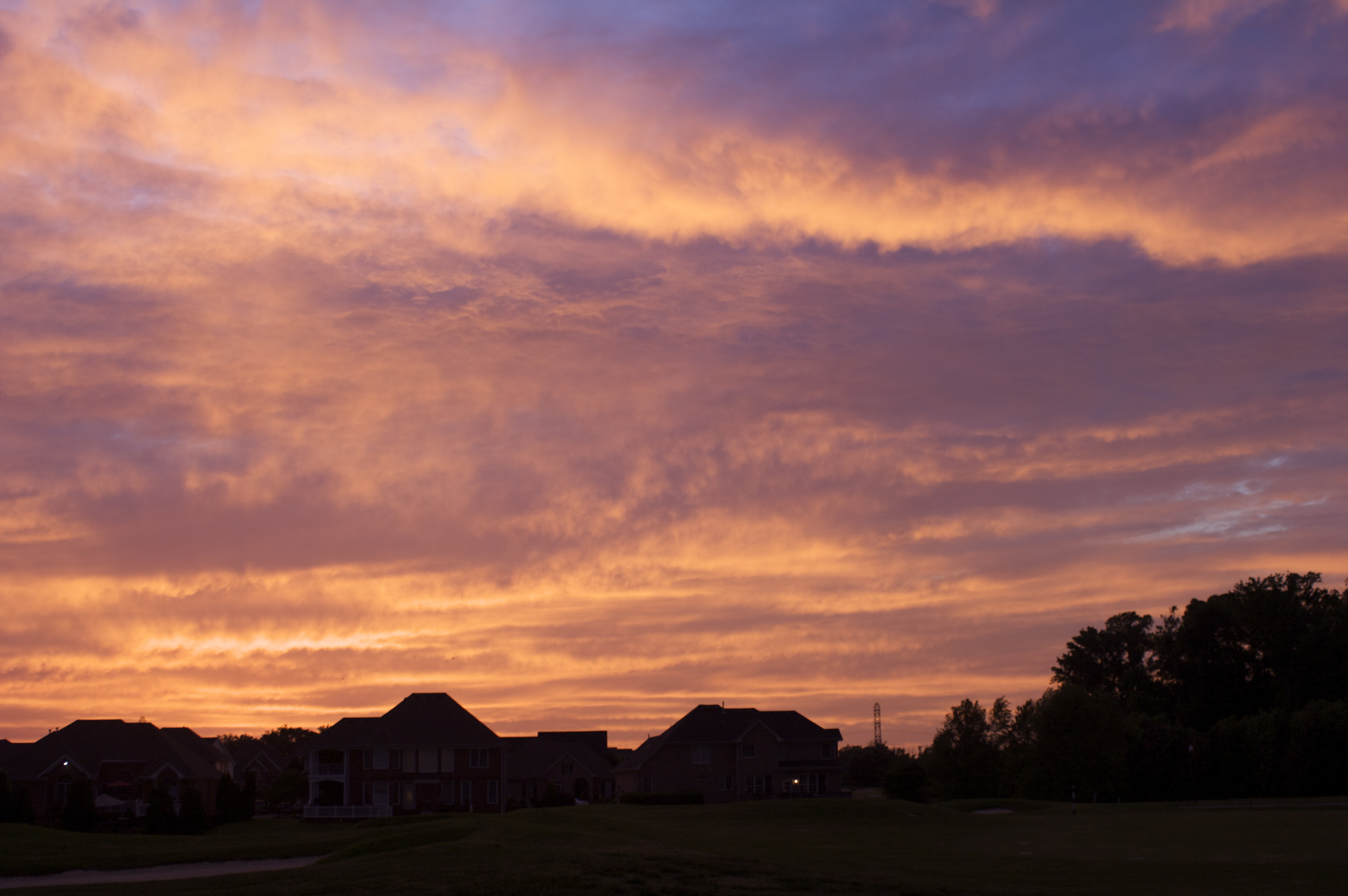
Out back, I craned my neck over the wrought-iron fence that divides our backyard from the course’s ninth hole, my eagerness to capture a shot as strong as ever. The initial pink danced over the clouds that rippled and rolled across the sky, the sun setting their edge on fire and casting dramatic undertones of violet. Towards the crown of the sky, a deep blue shone through.
“I can’t imagine that measuring up to Ahe,” my mother the counselor said when I showed her the pictures, ever concerned about my PTSD – Post-Tahitian Stress Disorder.
“Believe it or not,” I said, “But Tahiti’s couldn’t compete with this.” There weren’t often clouds in Ahe and my Suffolk sunset reminded me of the texture and interest such formations can add to a scene. I couldn’t deny the beauty of my hometown skyline that fateful night, as much as I didn’t want to believe it possible.
Soon after, I thought of another night spent with two friends in Tallinn, Estonia. We’d just finished dinner at an Irish pub named after Saint Patrick and we emerged from the darkness of the bar to find the sun suddenly shining strong in its final hour – much cause for excitement after a damp and overcast day. We were mesmerized as the facades of the city’s Old Town were illuminated, its walls cast with a rich, golden sheen.
Remembering the view from a vantage point a tour guide had taken us to earlier that day, we sprinted through the serpentine streets, racing to photograph the city new anew. We found it transformed.
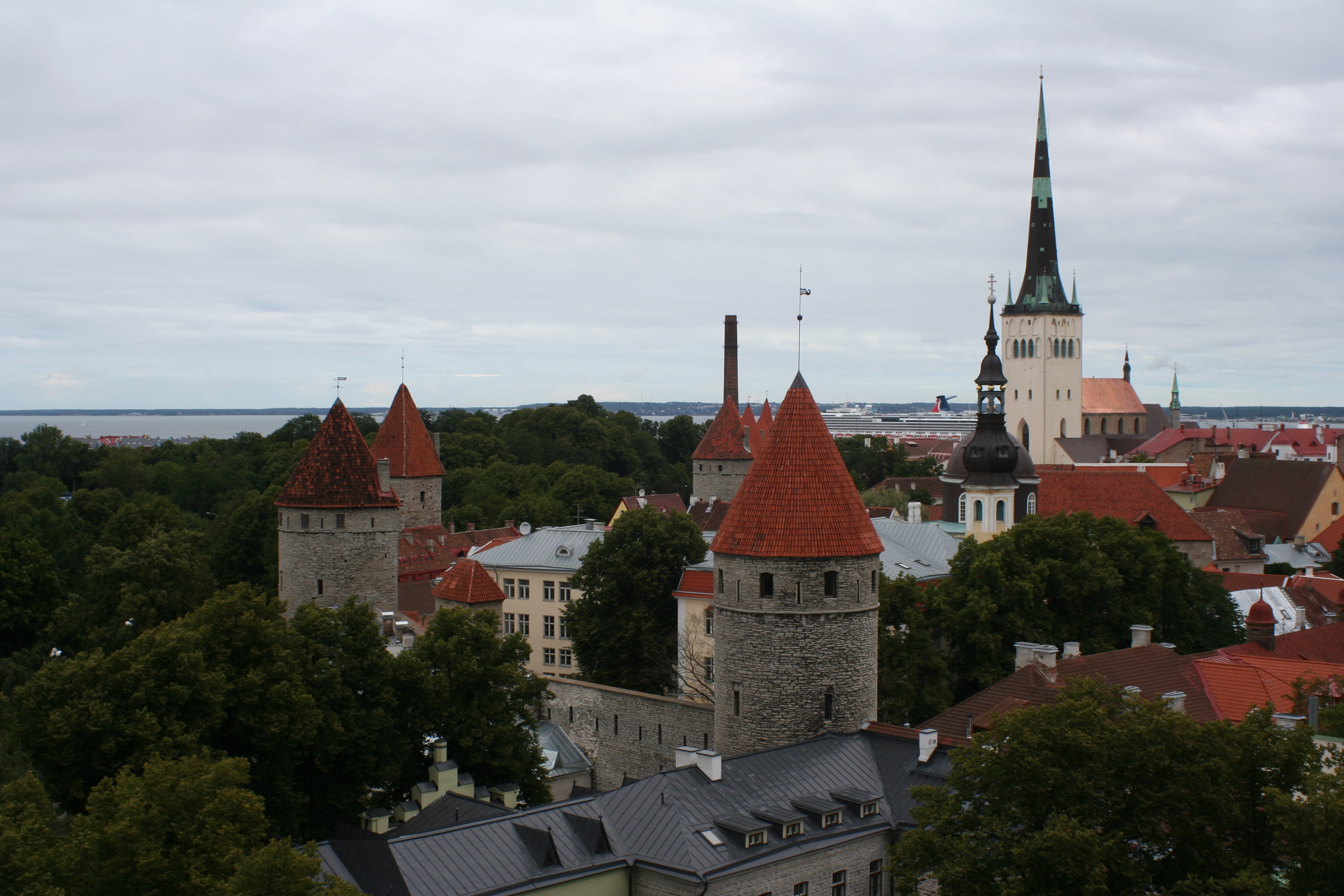
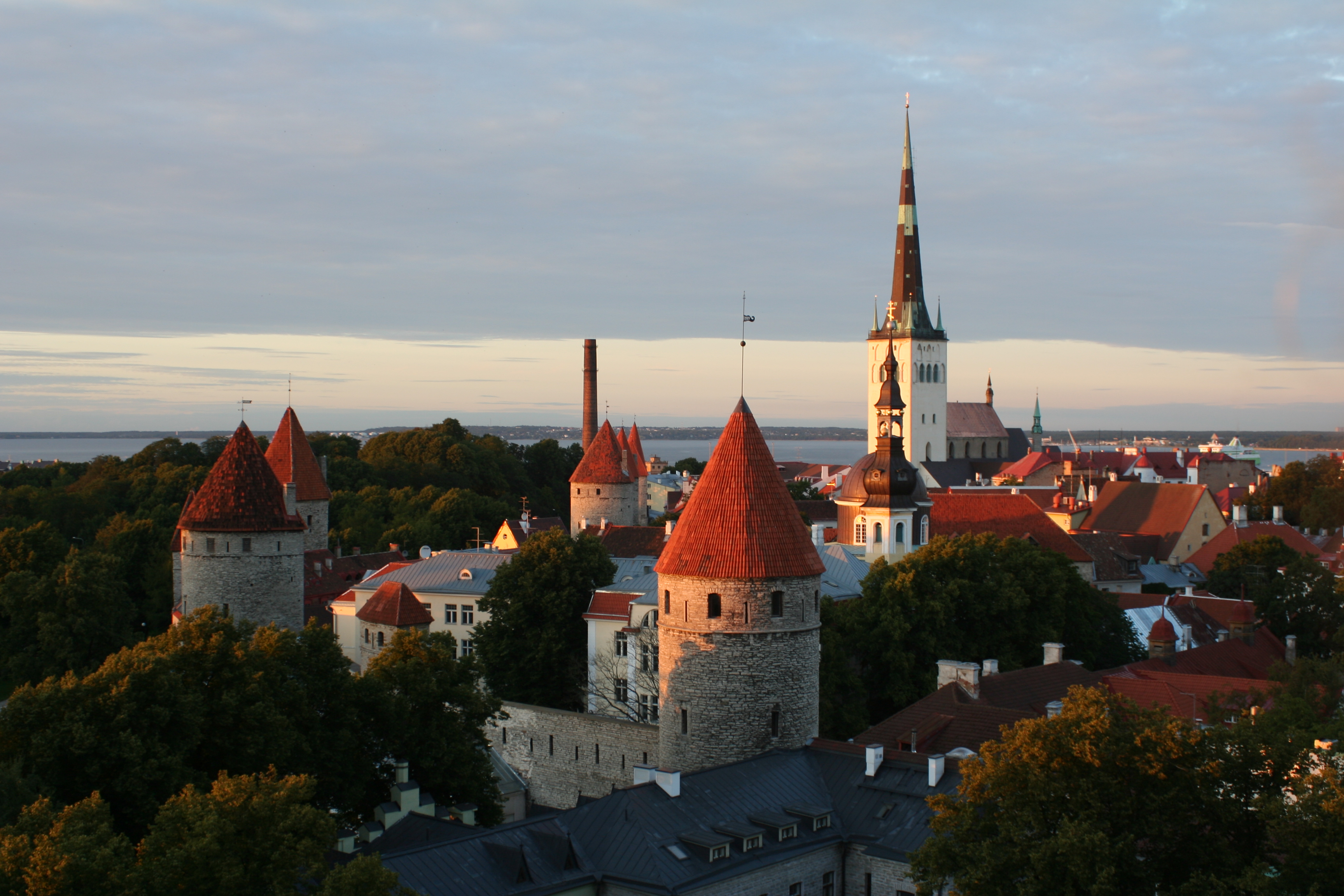
“We’re chasing the sun!” we screamed as we flew from the crumbling walls of the medieval city to the spires of the Alexander Nevski Cathedral. Any moment the sun would sink below the horizon, but until it did, we ran, embracing the colors, the shadows, and the life it brought to Tallinn.
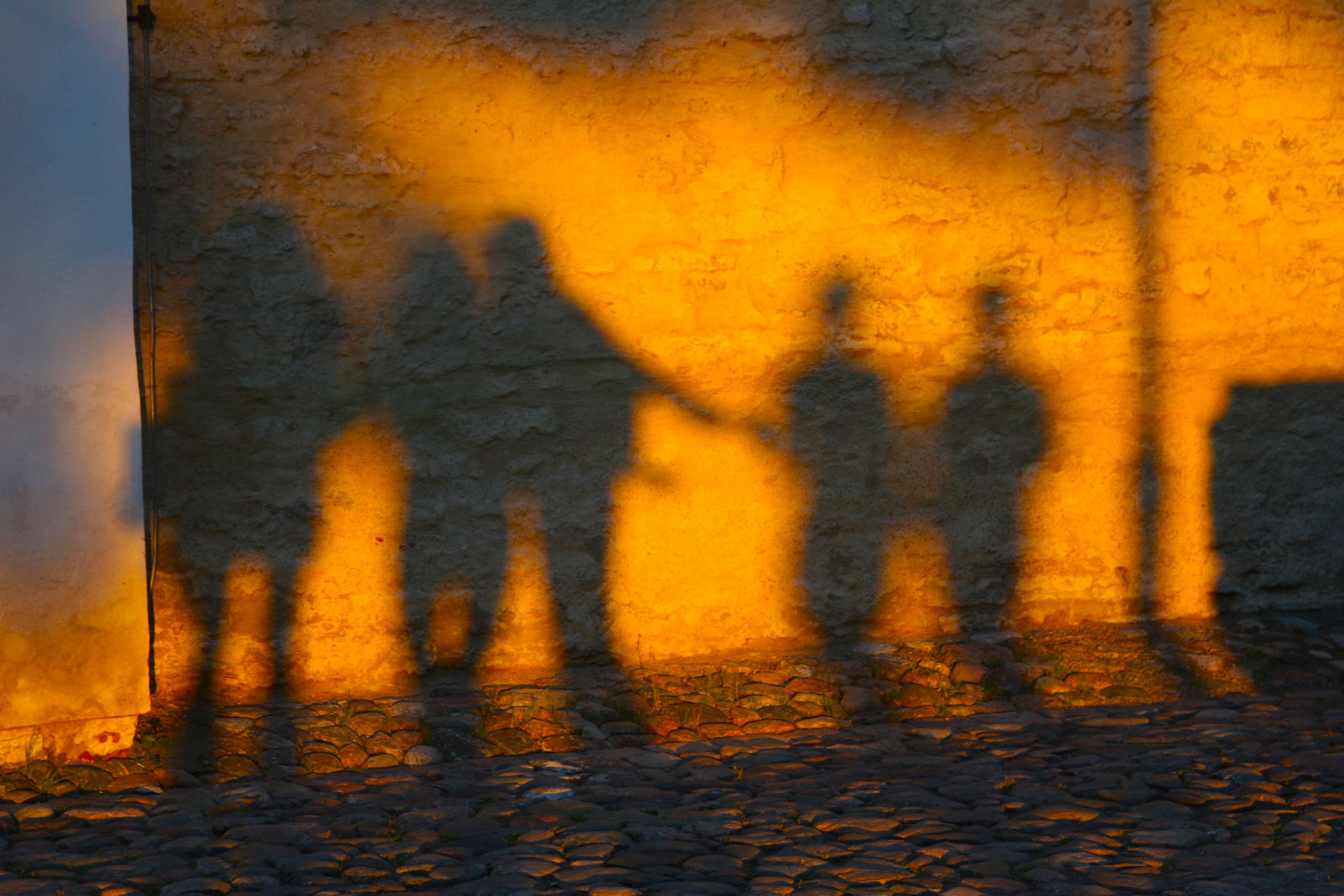
In a similar way, my sunset in Suffolk showed me two things.
The first is that there can be beauty in the banal. Banality is one of those words with terrible connotations. It just sounds awful, doesn’t it? Wiktionary defines ‘banal’ as “common in a boring way, to the point of being predictable; containing nothing new or fresh.” Could we ask for a better definition of home?
Yet it is this very normality and predictability that often makes home so wonderful – the fact that we can leave and roam and wander, only to return and find our roots so unchanged. But that doesn’t mean I should go about my day uninspired. It doesn’t mean I can’t find beauty even in the most commonplace of circumstances. That suburban sunset taught me to keep my eyes wide open, whether I’m diving in a tropical lagoon or in the five-feet pool in my backyard. Let beauty strike you where it may.
The second is slightly vaguer. As I began to trace the sun of my travels – recalling its rises and falls around the world – I started to think of what the sun can teach us. No matter how my surroundings have changed, the sun stays the same. It always shows up, whether I’m in Paris or Prague, Paeroa, New Zealand, or Portsmouth, Virginia. Indeed, the stunning orange of its glow seems to be rather oblivious to what exactly it’s setting ablaze. It pays no mind to the types of buildings comprising its horizons and gives no regard to town or country, foreign or familiar. It never holds a place against itself.
The sun doesn’t play favorites. And neither, it seems, should I.
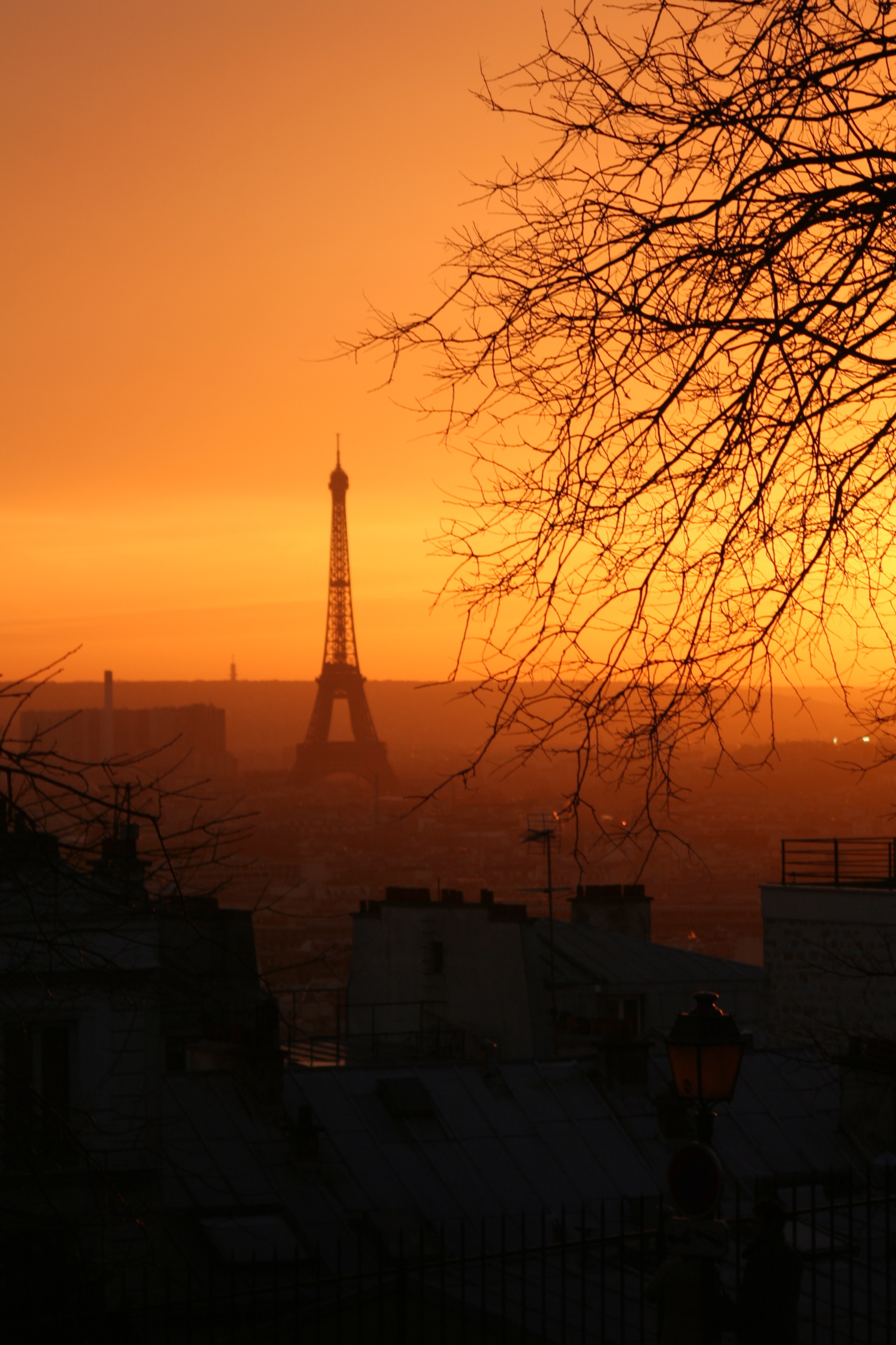
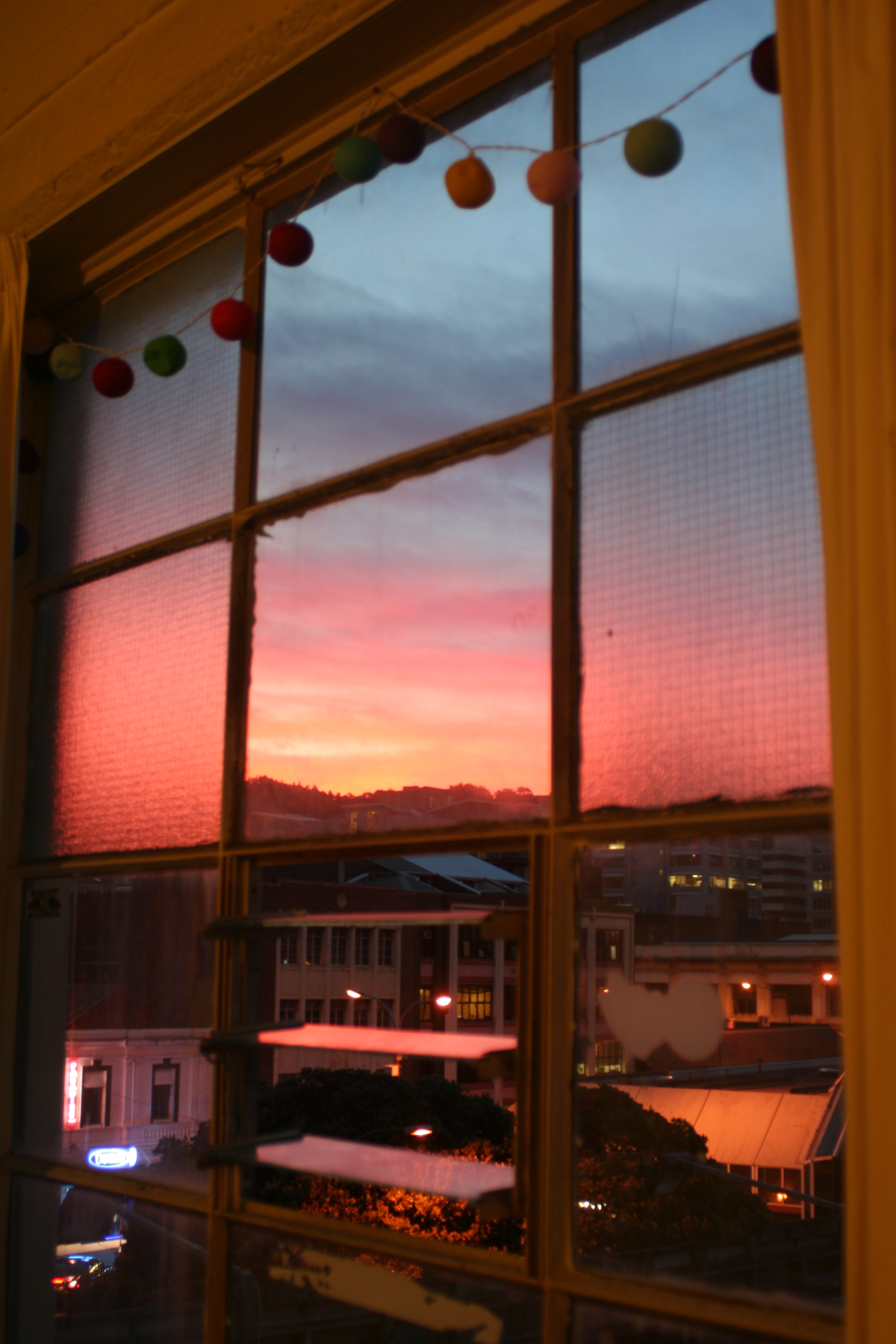

Oh my goodness. This is brilliant, Candace. I love the sunset angle. Expound on this and make sure to add this to your book — and the Paris photo — once again…..seeing the world through the lens of your camera and the keen sense of your perspective on things….takes my breath away. This is so well-written and makes me realize I must NOT take the banal for granted. You know me…I do engage the daily, most of the time, and get everyone’s life story, but this is yet another reminder to live life EYES WIDE OPEN. Is there any other way? xoxoxo
Wow!! the photographs are beautiful.. (thats usual!).. whats amazing is you have managed to capture the beauty of the moment even though the setting is just a normal ”banal” cityscape, pure class.. its inspiring!! thank you x